Jenny Lewis’ Hackney Studio Project
The photographer visits creatives in their studio spaces for her new series

Photographer Jenny Lewis has a knack for shooting people in their own environments, capturing her subjects when they are truly at ease in front of her camera. The skill is evident in her book “One Day Young,” which features mothers with their newborn children in their Hackney, east London homes. It’s also visible in her latest project, “Hackney Studio.” Lewis’ portraits depict the spaces in which artists make magic happen, placing them in the context of their work. It’s fascinating to see how the many studios differ from one another—the ordered space of a design studio is juxtaposed with a potter’s workspace, the cathedral-like studio of a sculptor contrasted with the organized chaos of a prop maker’s. Each subject recommended someone for Lewis to shoot next, creating a kind of family tree of creative interconnectivity. CH spoke with Lewis about the project, how it came about and the changing creative landscape in east London.
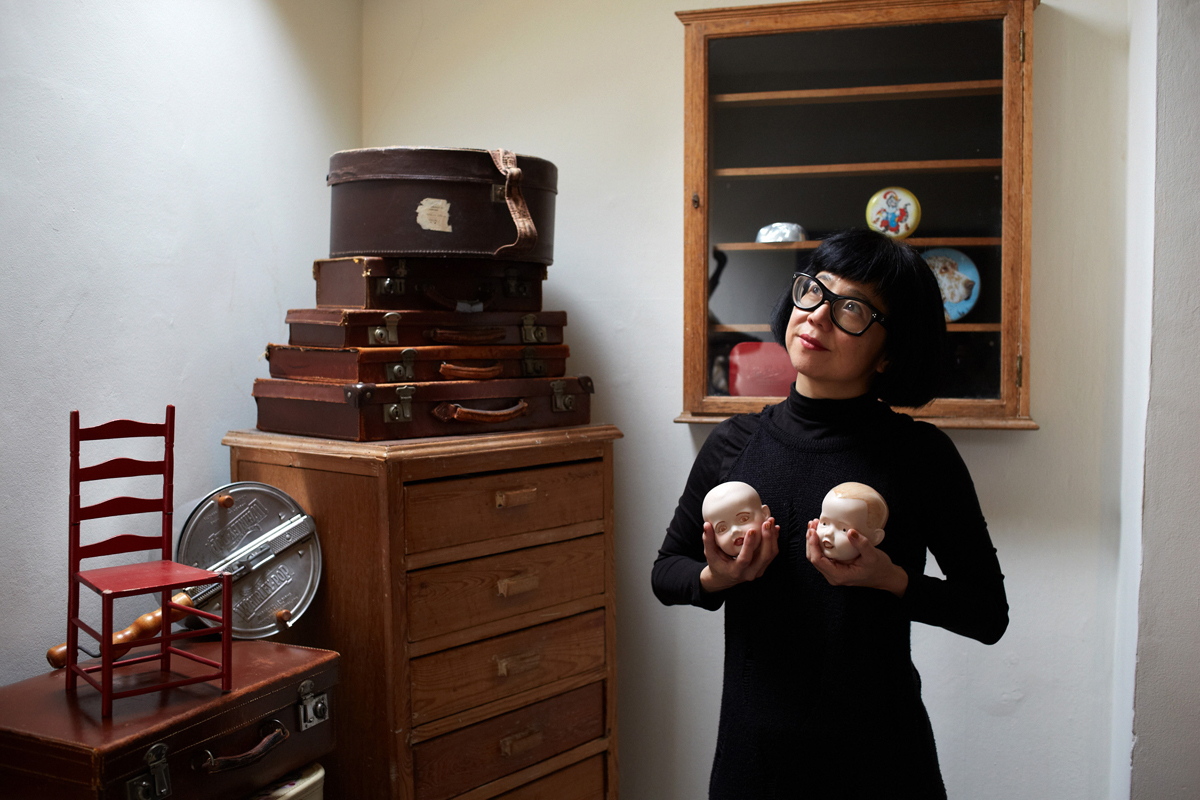
What gave you the idea for Hackney Studio?
I had been working on my project “One Day Young,” photographing women in their own homes within the first 24 hours since the birth of their child, for about three years. The series had given me a real insight into the domestic scenes in my community—I had been so warmly welcomed into strangers’ homes for this project that I was curious to investigate the working community in the borough and what that might look like. Who were all these creatives that Hackney is known to be home to, and what did they do? If I was interested to see what was going on behind the closed doors and warehouses that I cycled past for the last 20 years, I thought other people would be interested to have a peak into this world too.
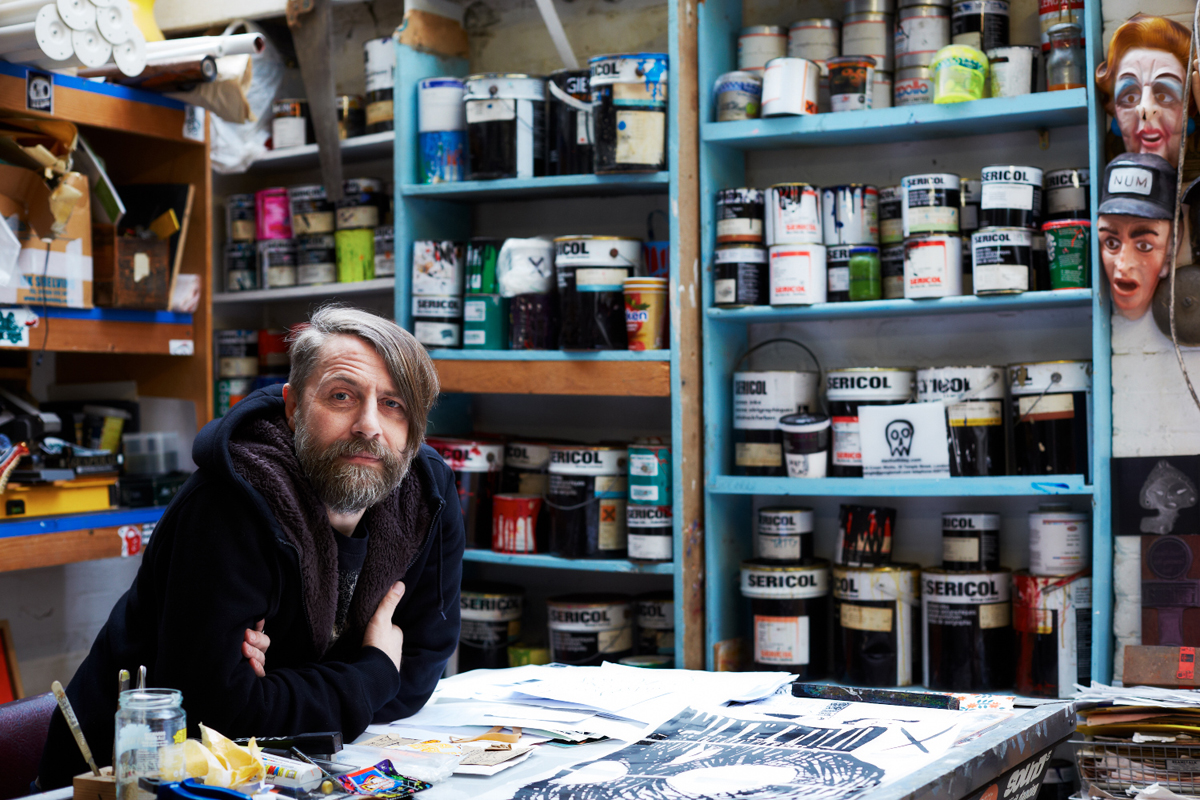
How did you think of asking each subject to recommend the next one?
I thought it be would be more authentic if the subjects choose who they would like to be seen with, to create a fantasy family tree based on respect and admiration of other creatives. This way, I could involve the subjects and they could direct me on a blind curation through the workshops and studios that were unknown to me. This process gives the project an energy of its own and is so much more exciting than coming up with a dry list to tick off as I go; the subjects having no relationship to each other apart from the fact of my limited knowledge. Every choice takes the series in a completely new direction that cannot be predicted.
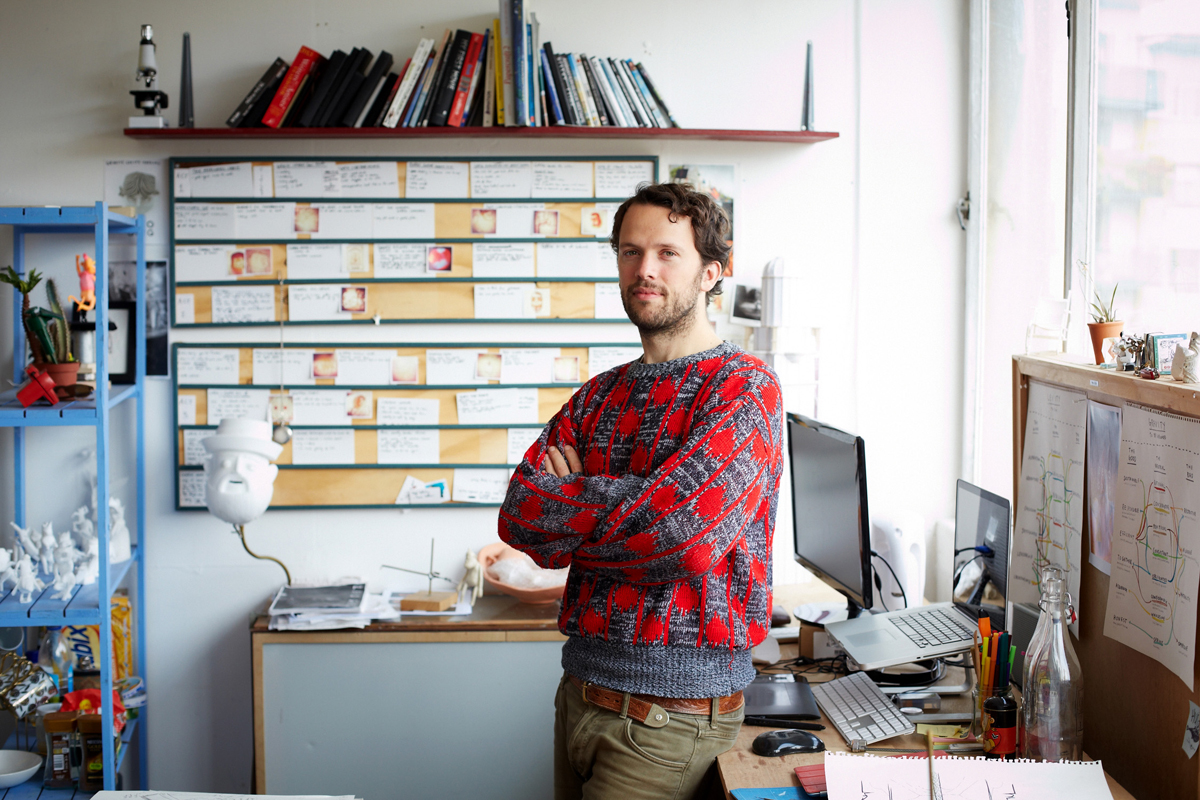
Has that led you to discover any creatives that you didn’t know of before?
Oh my God yes, so many—it’s so exciting when you don’t recognize the name. If it’s a name I know, I may know their work but haven’t met them in person, or I know them personally but I’ve never seen their workspace. When it’s a name I don’t know, that’s the best, as it’s an introduction to something completely new. Of course everyone is getting involved because they are related in some way to the person that suggested them, whether that was their tutor, mentor, assistant or simply colleague. This gives the sessions a warmth and intimacy. With “Hackney Studio,” we are all from the same place, we are neighbors and have chosen to live in this community with like-minded people. It feels supportive: the only agenda is one of celebration, connectivity and interest in each other’s work.
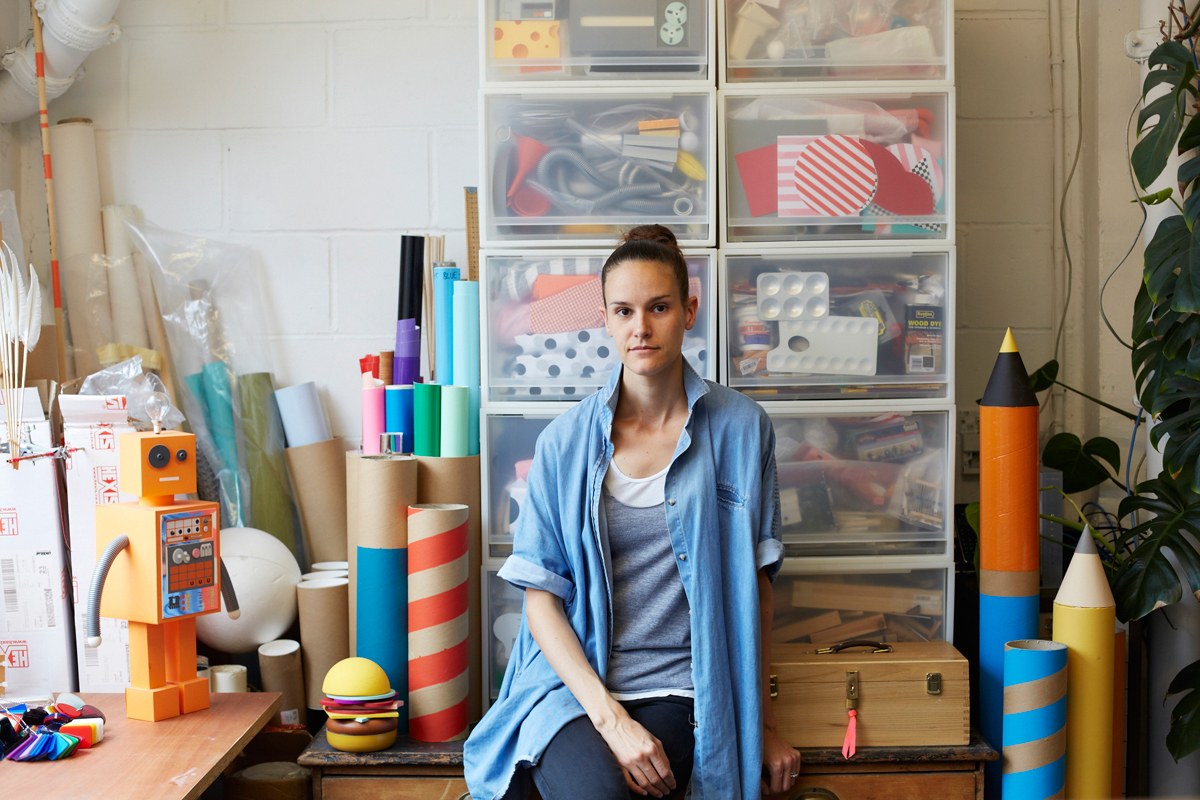
Why do you think Hackney became the base for so many people in the creative industries, and is it changing now?
It’s just a question of economics, and what becomes so obvious working on this series is that the artists that have had a studio in Hackney for 25-30 years have a huge work space, because of the stage of their career and because getting your hands on a decent size space was realistic back then. The younger artists have a desk space or literally live above their desks. Quite a few people I’ve shot over the last two years have since had to move, because of increased rents or their space being knocked down to make way for flats. So although I was initially more interested in the personalities and what their spaces revealed about them and their work, the series becomes social documentary.
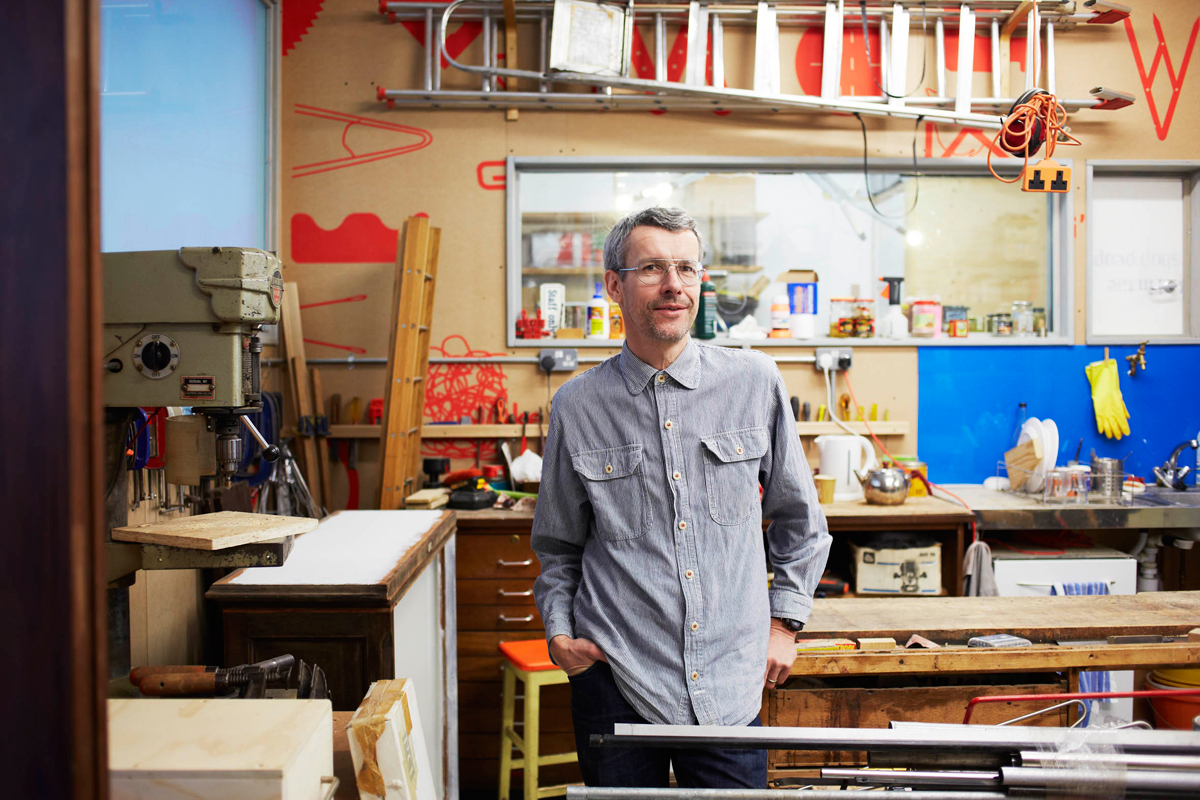
What is so fascinating about seeing other people’s workspaces?
Being in someone’s studio is like being surrounded by their sketchbooks and flicking through the pages. To physically be in this space brings all those ideas to life, much more so than the individual works. What the artists choose to surround themselves with, what chair they have chosen, the cups… Clutter or calm, color or monochrome—you get sucked into their head and working process, seeing the world through their eyes for a short while. To meet a 20-year-old sign-writer, a set designer for the opera in his 60s, a milliner and a Turner-nominated sculptor and put them all in the same series, with no hierarchy, feels like a heartfelt celebration of creativity.
Images courtesy of Jenny Lewis












